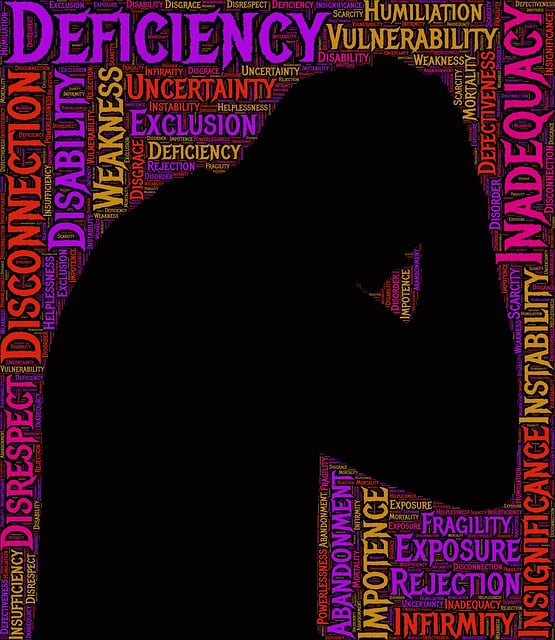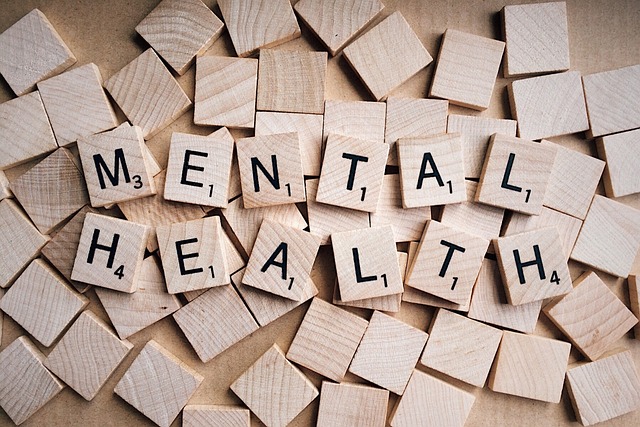Creating a mental wellness podcast tailored for young adults in blended families involves a balanced approach: combining expert interviews and self-care segments, focusing on relevant challenges like stigma reduction and emotional regulation. Content strategy includes personal narratives, case studies, and cultural competency insights to foster community and understanding of diverse mental health issues. Logistical considerations include high-quality audio equipment, soundproofing, and structured episode formats. Marketing success relies on digital platform utilization, influencer collaborations, targeted social media campaigns, and keyword optimization for "Therapy for Young Adults Blended Families."
“Unwind your mind and explore the power of mental wellness through our comprehensive podcast series designed specifically for young adults and blended families. In today’s fast-paced world, understanding and managing mental health is crucial. This article guides you through every step of producing an engaging podcast, from identifying your target audience to effective content creation and distribution strategies. Discover how therapy can be accessible and engaging for this vital demographic through the power of storytelling and innovative formats.”
- Understanding the Target Audience: Young Adults and Blended Families
- Choosing the Right Podcast Format and Theme for Mental Wellness
- Creating Engaging Content: Topics and Storytelling Techniques
- Production Logistics: Equipment, Recording, and Editing Tips
- Distribution and Marketing Strategies for Maximum Reach
Understanding the Target Audience: Young Adults and Blended Families

Understanding your target audience is a crucial step in crafting an engaging mental wellness podcast series. Young adults and blended families each bring unique challenges and needs when it comes to their mental health. Young adults, often navigating new levels of independence and pressure from academic or career expectations, may struggle with issues like anxiety, depression, and burnout prevention. They seek relatable content that offers practical strategies for stress management workshops and fosters positive thinking.
Blended families, on the other hand, face complex dynamics due to step-parents and step-siblings, which can contribute to heightened stress levels and unique emotional challenges. Podcasts tailored to these audiences should address the specific concerns of blended family members while also offering insights into building resilience and strengthening relationships within these families. Tailoring content to meet these distinct needs ensures that each listener feels validated and empowered on their journey towards mental wellness.
Choosing the Right Podcast Format and Theme for Mental Wellness

When creating a podcast series focused on mental wellness, selecting the appropriate format and theme is paramount to engaging and serving your audience effectively. For content related to therapy for young adults and blended families, an ideal approach could be mixing interview-style conversations with expert therapists or mental health advocates with segments dedicated to self-care practices tailored for these specific demographics. This blend allows for both informative and interactive experiences.
By exploring topics such as navigating mental illness stigma reduction efforts and incorporating Mind Over Matter principles, your podcast can offer practical strategies and emotional support. Tailoring content to address the unique challenges faced by young adults in blended families creates a powerful resource that fosters open dialogue about mental wellness.
Creating Engaging Content: Topics and Storytelling Techniques

Creating engaging content for a mental wellness podcast series focused on therapy for young adults in blended families requires a thoughtful balance between accessibility and depth. Each episode should tackle topics that resonate with this unique demographic, such as navigating identity, understanding intergenerational trauma, and cultivating coping skills essential for emotional regulation. Storytelling techniques like personal anecdotes, expert interviews, and case studies can make complex issues relatable, fostering a sense of community and shared experience among listeners.
Integrating insights from healthcare provider cultural competency training can enhance the series’ impact. By exploring cultural nuances within blended families—be it racial, ethnic, or religious differences—the podcast can offer more nuanced perspectives on mental health challenges and solutions. This approach not only broadens the appeal but also ensures that content is inclusive and beneficial to a diverse audience.
Production Logistics: Equipment, Recording, and Editing Tips

Producing a mental wellness podcast series for young adults navigating blended families requires careful consideration of production logistics. Equipment selection is key; invest in high-quality microphones and noise-cancelling headphones to ensure clear audio, vital for maintaining listener engagement. Consider using a digital audio workstation (DAW) for editing, with popular options like Audacity or Adobe Audition offering robust features at various price points.
Recording tips include choosing an isolated space free from background noise, utilizing soundproofing if necessary. Structure each episode with an introduction, main content, and conclusion to enhance listener experience. Editing involves trimming excess silence, normalizing volume levels, and applying effects for clarity. Incorporate music or sound effects sparingly to avoid distraction. For topics like conflict resolution techniques within blended families, ensure sensitive handling of subject matter, potentially consulting with mental wellness coaches or healthcare providers specializing in cultural competency training for authentic representation.
Distribution and Marketing Strategies for Maximum Reach

In today’s digital era, the distribution and marketing strategies for a mental wellness podcast series can significantly impact its reach and effectiveness. To maximize exposure, leverage various online platforms such as Apple Podcasts, Spotify, Google Podcasts, and YouTube. Collaborating with influencers or other relevant podcasts in the therapy for young adults and blended families niche can also drive traffic and build an engaged audience. Utilize social media channels like Instagram, Facebook, and Twitter to promote episodes, share insightful content, and engage directly with listeners.
Implement targeted marketing campaigns that focus on keywords such as “anxiety relief,” “mental wellness,” and “mindfulness meditation” to attract the right demographic. Collaborate with mental health professionals, therapists, and support groups to cross-promote content, ensuring your podcast series reaches those in need of therapy for young adults or blended families. Additionally, consider partnering with businesses or organizations that align with mental wellness goals to expand distribution channels and create a broader impact.
Producing a mental wellness podcast series tailored to young adults and blended families requires understanding your audience’s unique challenges, choosing an engaging format, creating relevant content, and effective production logistics. By leveraging the right equipment, recording techniques, and editing skills, you can deliver valuable therapy sessions that resonate with your listeners. Through strategic distribution and marketing, your podcast can reach a broader audience, making mental wellness support more accessible for those who need it most.














